
There’s a phrase that I’ve come across on social media that has always given me pause for thought — the ‘ordinary shooting person’.
It is usually used in the context of bemoaning either the cost of shooting or some perceived failure of the shooting organizations — shooting is becoming too expensive for the ordinary shooting person, or the organizations have forgotten about the ordinary shooting person.
I suspect that when people use the phrase, they have a very clear picture in their head of what this person is like, the kind of places they shoot, how much money they have, how often they shoot and how much they spend on it.
What is meant by the phrase and does this ordinary shooting person exist? Shooting is a far more diverse community than its detractors would have you believe, or than the stereotypes would suggest, so is it possible to paint a picture of the ordinary shooting person (OSP) and would you or I qualify for the title?
Would that even be desirable? When I was about eight years old, my form mistress had a motto at the top of her blackboard: “Don’t be ordinary, be extraordinary.” It is a phrase that has stuck with me as a great piece of advice.
This year’s Game Shooting Census, carried out by Guns on Pegs and Lycetts, with the support of BASC, the GWCT and the Countryside Alliance, is as good a place as any to try to get a handle on the topic. The census, taken annually since 2013, is completed by thousands of people and offers a yearly snapshot of the shooting community’s habits and opinions.
This story is from the September 29, 2021 edition of Shooting Times & Country.
Start your 7-day Magzter GOLD free trial to access thousands of curated premium stories, and 8,500+ magazines and newspapers.
Already a subscriber ? Sign In
This story is from the September 29, 2021 edition of Shooting Times & Country.
Start your 7-day Magzter GOLD free trial to access thousands of curated premium stories, and 8,500+ magazines and newspapers.
Already a subscriber? Sign In
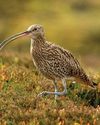
United we stand
Following United Utilities' decision to end grouse shooting on its land, Lindsay Waddell asks what will happen if we ignore our vital moors

Serious matters
An old gamebook prompts a contemplation on punt-gunning
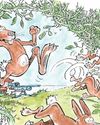
They're not always as easy as they seem
While coneys of the furry variety don't pose a problem for Blue Zulu, he's left frustrated once again by bolting bunnies of the clay sort
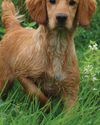
Debutant gundogs
There's lots to think about when it comes to making the decision about when to introduce your dog to shooting

When the going gets rough
Al Gabriel returns to the West London Shooting School to brush up on his rough shooting technique

The Field Guide To British Deer - BDS 60th Anniversary Edition
In this excerpt from the 60th anniversary edition of the BDS's Field Guide To British Deer, Charles Smith-Jones considers the noise they make
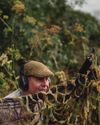
A step too far?
Simon Garnham wonders whether a new dog, a new gun and two different fields in need of protection might have been asking too much for one afternoon's work

Two bucks before breakfast
A journey from old South London to rural Hertfordshire to stalk muntjac suggests that the two aren't as far detached as they might seem
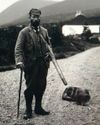
Stalking Diary
Stalkers can be a sentimental bunch, and they often carry a huge attachment to their hill

Gamekeeper
Alan Edwards believes unique, private experiences can help keepers become more competent and passionate custodians of the countryside